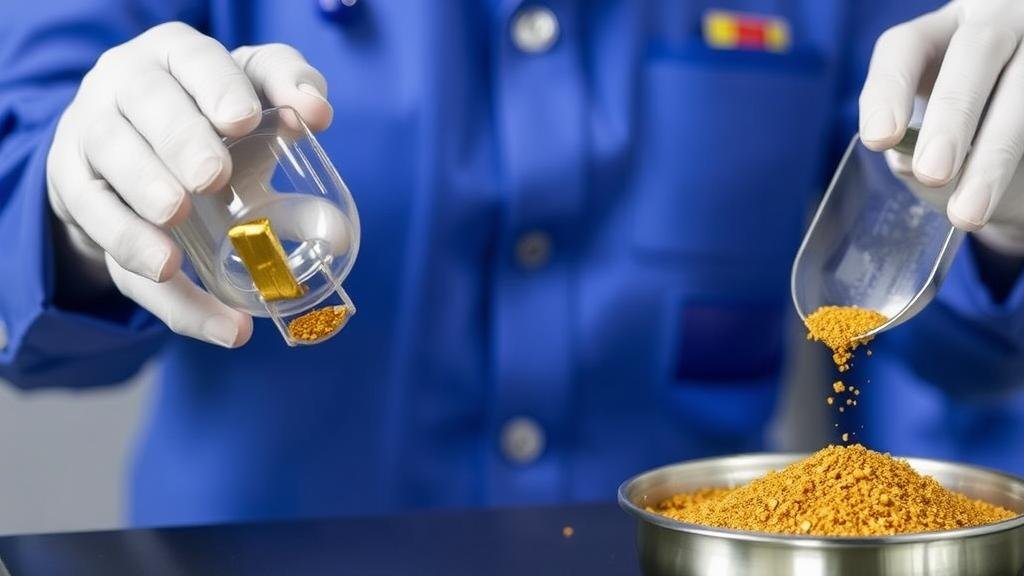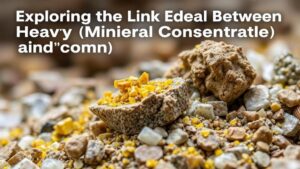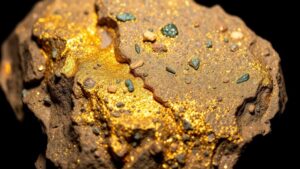How to Recover Micro Gold Using Mercury-Free Methods
How to Recover Micro Gold Using Mercury-Free Methods
Gold recovery is a crucial process in the mining and metallurgy sectors, particularly in regions where micro gold, or fine gold particles, are prevalent. Traditional methods often involve the use of mercury, which poses significant environmental and health risks. Fortunately, several safe and effective mercury-free methods exist for recovering micro gold. This article delves into these methods, exploring their processes, benefits, and practical applications.
The Importance of Mercury-Free Methods
The use of mercury in gold recovery has been widely condemned due to its toxic effects on ecosystems and human health. According to the World Health Organization, exposure to mercury can result in nerve damage, cognitive dysfunction, and serious environmental degradation. Acknowledging these risks, many countries are implementing regulations to limit or eliminate mercury use in mining.
Transitioning to mercury-free methods not only complies with environmental regulations but also promotes sustainable mining practices. In recent years, the push for greener alternatives has led to the development of innovative techniques that do not compromise recovery efficiency.
Common Mercury-Free Recovery Methods
- Gravity Concentration
- Cyanide Leaching
- Bioleaching
- Ultrasonic-assisted Extraction
Gravity Concentration
Gravity concentration is one of the oldest methods used for gold recovery, relying on the differences in density between gold and other materials. This method utilizes equipment such as sluice boxes, shaking tables, and centrifugal concentrators.
For example, in a study conducted in artisanal gold mining regions, the use of sluice boxes led to recovery rates of over 90% for larger gold particles, demonstrating significant potential to recover fine gold as well. The standard technique involves processing ore through a series of screens and concentrating only the heavier particles, which contain gold.
Cyanide Leaching
Cyanide leaching is a well-documented method for extracting gold from low-grade ores. This technique involves dissolving gold into a cyanide solution, which then separates the gold from the ore. While cyanide is also a hazardous chemical, its regulated use is considered less harmful than mercury. Useations of rigorous safety protocols can mitigate associated risks.
An instance of this can be seen at the process in some large-scale gold mines. For example, Barrick Gold Corporation has successfully employed cyanide leaching in their operations, reporting recovery rates between 90-95%. Importantly, several techniques have emerged to improve cyanide recovery efficiency and safety, including detoxification processes to neutralize cyanide before disposal.
Bioleaching
Bioleaching employs naturally occurring microorganisms to extract precious metals from ores. This method involves bacteria that oxidize minerals, making gold soluble. Bioleaching offers a low-cost, environmentally friendly alternative to traditional leaching methods.
In practice, a notable example can be found in the use of Acidithiobacillus ferrooxidans, a bacterium that has been utilized effectively for recovering gold and copper in various mines. A case study showed that bioleaching could achieve recovery rates of up to 75% for sulfide ores, proving its viability for micro gold recovery.
Ultrasonic-assisted Extraction
This novel method employs ultrasonic waves to enhance the extraction of precious metals from ores. The high-energy sound waves create cavitation bubbles in the solution, leading to increased reaction rates and more effective recoveries.
A study published in the Journal of Cleaner Production explored the application of ultrasonic-assisted extraction for micro gold from electronic waste, achieving up to 90% recovery. This method is particularly promising for processing complex ores and e-waste, where traditional methods may fall short.
Challenges and Considerations
While these methods offer effective alternatives to mercury use, they are not without challenges. Gravity concentration methods can be less effective in areas with fine particles that may not settle easily. Cyanide leaching requires stringent controls to limit environmental impacts. Bioleaching, while low-cost, can be slow and may need extended periods for full gold extraction. Ultrasonic-assisted extraction is still relatively new, requiring further research and investment in specialized equipment.
Actionable Takeaways
Transitioning to mercury-free gold recovery methods is not just a regulatory obligation; it is a sustainable choice that benefits both the environment and miners. Here are some key takeaways:
- Evaluate the specific mining environment to choose the most suitable mercury-free method.
- Consider a combination of methods, such as gravity concentration followed by cyanide leaching, for enhanced recovery rates.
- Invest in training and technology to implement best practices in gold recovery.
By adopting these methods, miners can protect their health and the environment while still achieving efficient gold recovery.



